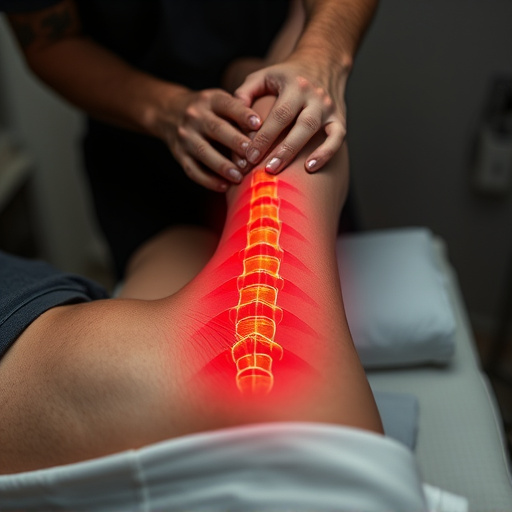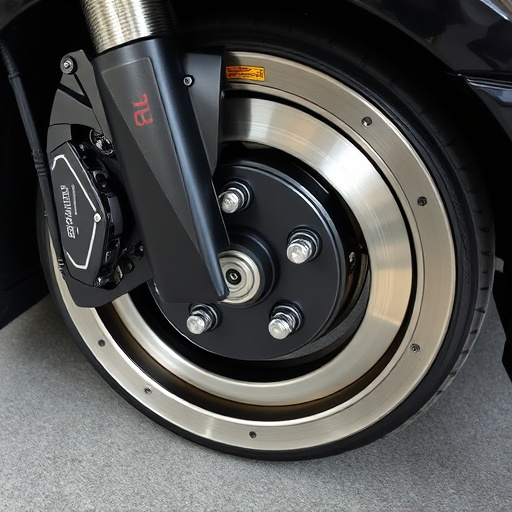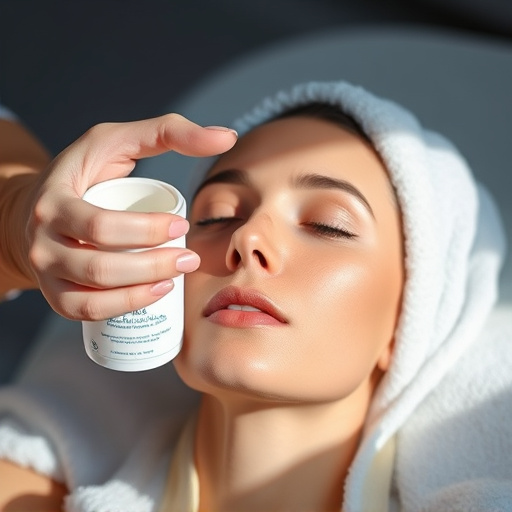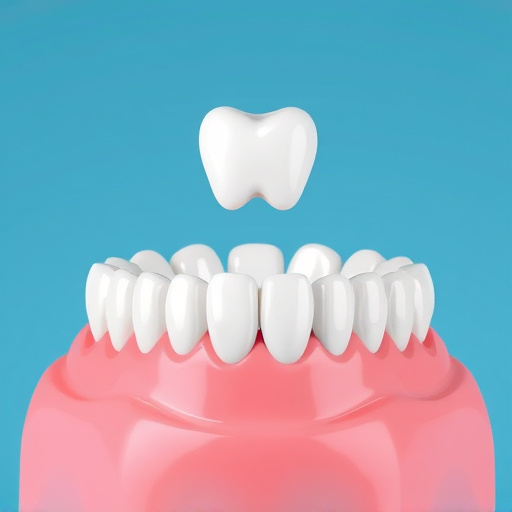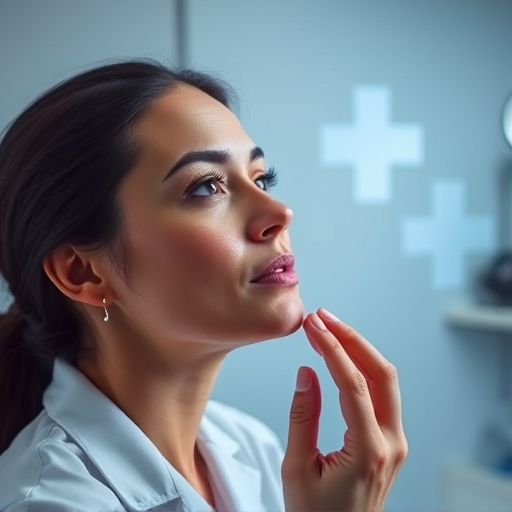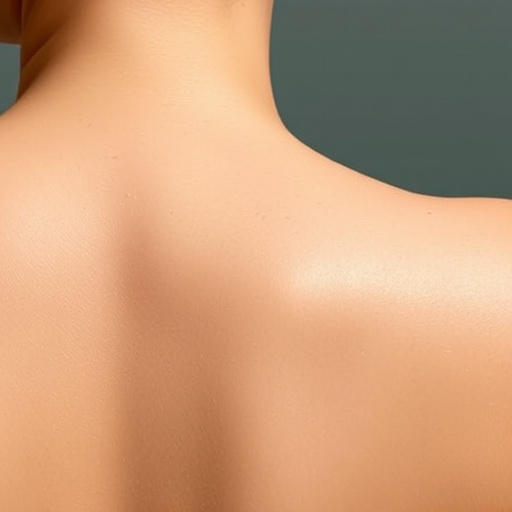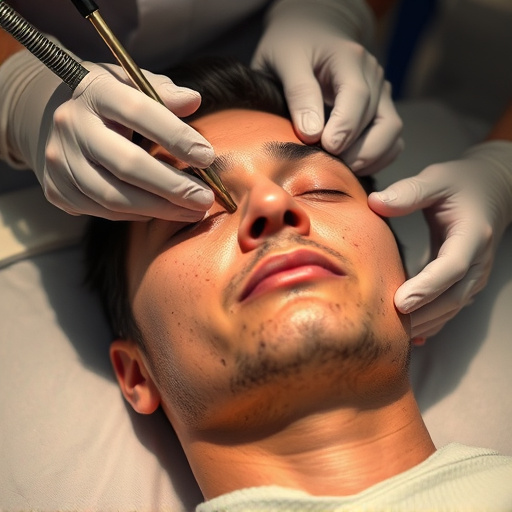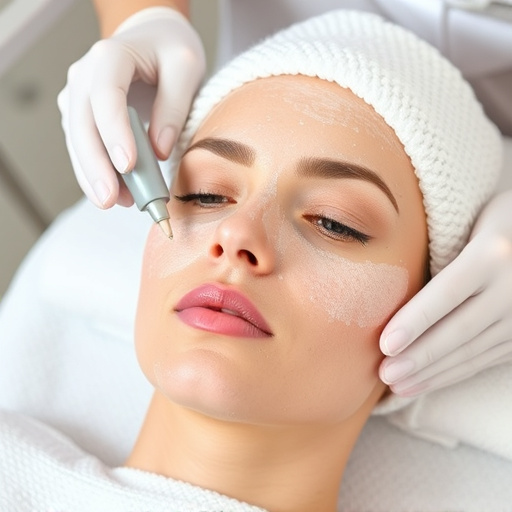Sun-induced hyperpigmentation, caused by UV damage and various factors, leads to discolored patches and uneven skin tone. Treatments include facials, chemical peels, and topical creams with hydroquinone, retinoids, or Vitamin C. Severe cases may require prescription procedures like microneedling, laser, or IPL therapy for faster, lasting results, aiming for a brighter, more uniform complexion without invasive surgery.
Sun-induced hyperpigmentation can leave skin with noticeable discoloration, but effective treatments exist to restore a more even complexion. In this article, we’ll explore two main categories of hyperpigmentation treatment for sun-damaged skin: topical solutions and non-invasive procedures. Understanding the causes and various options available empowers individuals to choose the best approach for achieving clear, radiant skin. From targeted serums to advanced technologies, discover how to bid farewell to sunspots and embrace a more uniform skin tone.
- Understanding Sun-Induced Hyperpigmentation
- Topical Treatments for Discoloration Reduction
- Non-Invasive Procedures for Even Skin Tone
Understanding Sun-Induced Hyperpigmentation
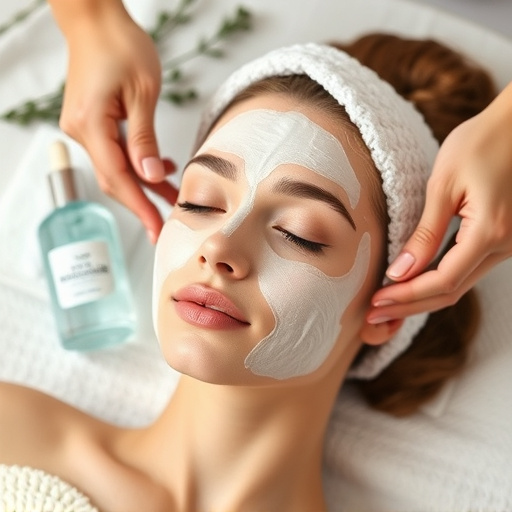
Sun-induced hyperpigmentation is a common skin concern that occurs when the skin produces excess melanin in response to sun exposure. This leads to discolored patches, often appearing as dark spots or uneven skin tone. It’s essential to understand that this condition isn’t just about aesthetics; it’s a sign of underlying skin damage caused by UV rays. These harmful rays can penetrate deep into the skin, stimulating melanocytes (the cells responsible for melanin production) and leading to prolonged pigmentation changes.
Various factors contribute to its development, including frequent sunburns, prolonged exposure to sunlight without protection, certain medications, and even hormonal fluctuations. While it might seem like a temporary issue, hyperpigmentation can persist for years if left untreated. Fortunately, there are effective solutions available, such as customized facials and chemical peels, which offer targeted treatments to lighten the skin and restore a more even tone. Anti-aging treatments, in general, also play a vital role in addressing sun-induced hyperpigmentation by promoting skin cell turnover and enhancing overall skin health.
Topical Treatments for Discoloration Reduction
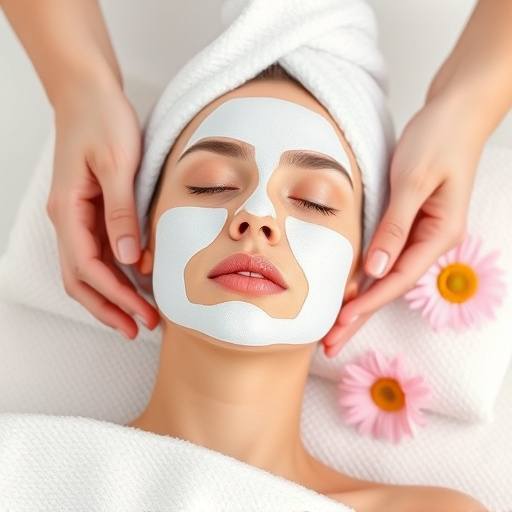
Topical treatments are a popular and effective way to address sun-induced hyperpigmentation. Many over-the-counter creams and serums contain active ingredients like hydroquinone, retinoids, or Vitamin C, which work by inhibiting melanin production and fading existing dark spots. These products can be a great first step for those seeking a hyperpigmentation treatment, offering an accessible and relatively low-cost option to improve skin tone and texture.
For more severe cases or faster results, prescription-strength facial treatments may be recommended. Microneedling therapy, for instance, involves using tiny needles to create micro-injuries in the skin, which prompts the body to produce collagen and accelerate cell turnover. This can lead to a significant reduction in sun spots and an even skin tone. Other professional procedures, such as chemical peels or laser treatments, are also effective for hyperpigmentation, offering targeted and lasting solutions for those seeking a brighter, more uniform complexion.
Non-Invasive Procedures for Even Skin Tone
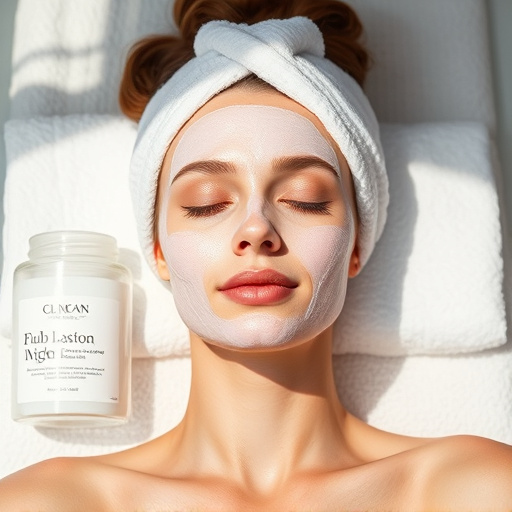
Non-invasive procedures have emerged as a popular choice for achieving an even skin tone and treating sun-induced hyperpigmentation. These methods offer effective solutions without the need for extensive surgeries or lengthy recovery periods. One such procedure is chemical peeling, which involves applying chemicals to the skin to gently remove the outer layers, revealing smoother, more uniform skin beneath. This process can be tailored to different skin types and severity of hyperpigmentation.
Another promising approach is microneedling therapy, where fine needles are used to create tiny channels in the skin, stimulating collagen production and enhancing the penetration of topical treatments. This technique not only improves texture but also helps lighten dark spots and even out skin tone. Additionally, advanced technologies like laser therapy and intense pulsed light (IPL) treatments offer targeted hyperpigmentation treatment options, breaking up pigment clusters and reducing the appearance of sun damage.
Sun-induced hyperpigmentation can be a persistent issue, but with the right approach, achieving a more even skin tone is achievable. By understanding the root cause and exploring various treatment options like topical treatments, chemical peels, or laser therapy, individuals can reclaim their radiant complexion. Incorporating targeted skincare routines and protective measures against UV rays is essential for long-lasting results and preventing future discoloration. Remember, consistency and patience are key when addressing hyperpigmentation, as these methods work to gradually fade discoloration, revealing a more uniform and luminous skin tone.
